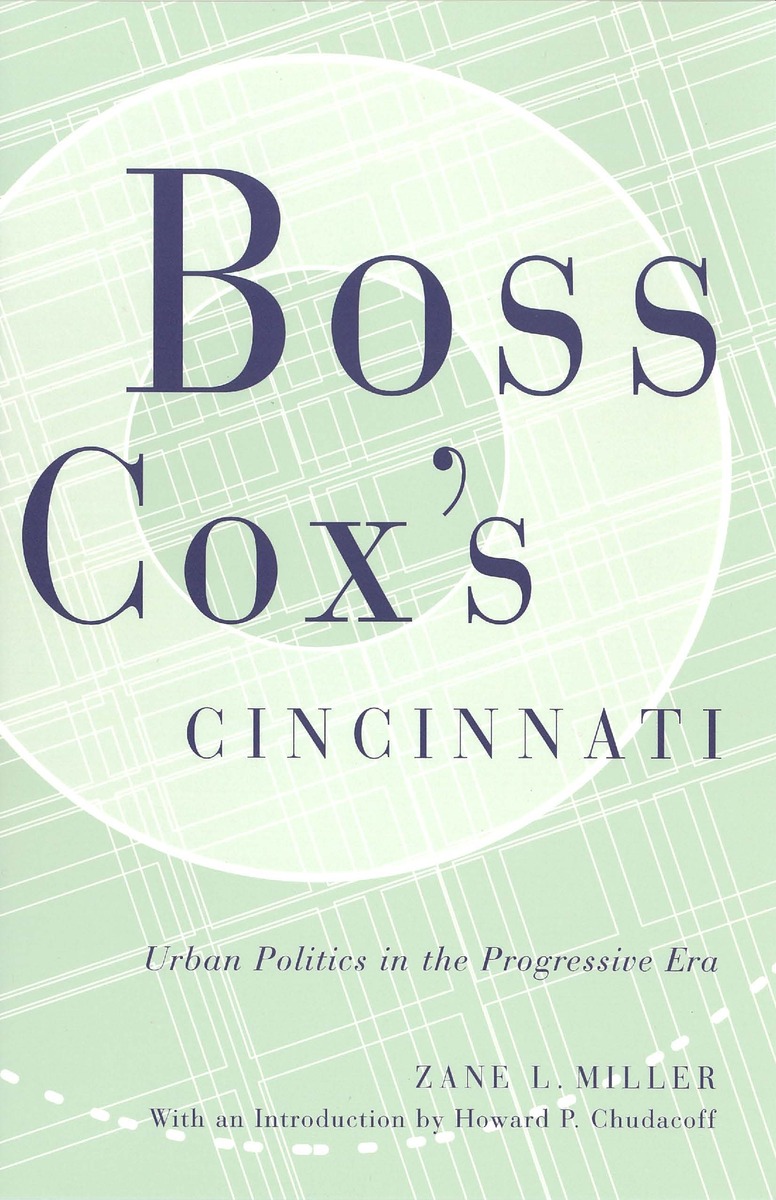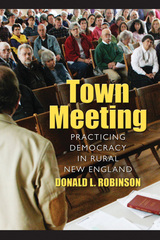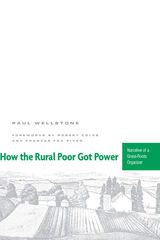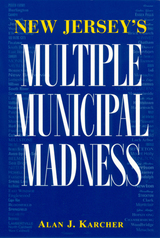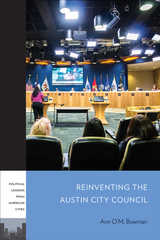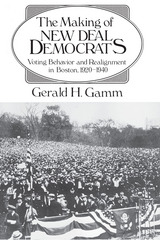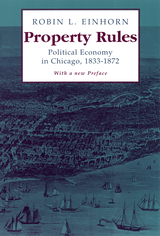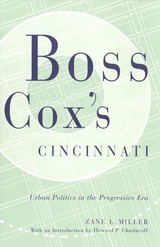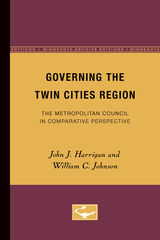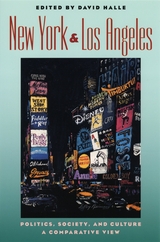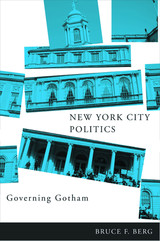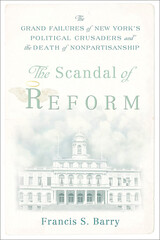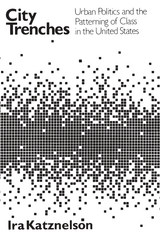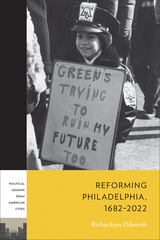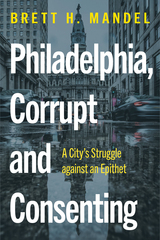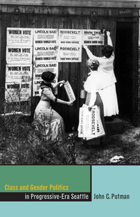Boss Cox’s Cincinnati: Urban Politics in the Progressive Era
The Ohio State University Press, 2000
Cloth: 978-0-8142-0861-8 | Paper: 978-0-8142-5064-8 | eISBN: 978-0-8142-8248-9 (individual) | eISBN: 978-0-8142-8249-6 (institutional)
Library of Congress Classification JS738.M5 2000
Dewey Decimal Classification 320.977178
Cloth: 978-0-8142-0861-8 | Paper: 978-0-8142-5064-8 | eISBN: 978-0-8142-8248-9 (individual) | eISBN: 978-0-8142-8249-6 (institutional)
Library of Congress Classification JS738.M5 2000
Dewey Decimal Classification 320.977178
ABOUT THIS BOOK | AUTHOR BIOGRAPHY | REVIEWS
ABOUT THIS BOOK
In the late nineteenth century, a new era began in American urban history, characterized by an explosion of both the populations and the proportions of cities, obliterating their traditional social and physical characteristics. Commercial businesses relocated, slums emerged around the core, and new residential areas were established along the periphery. The period was one of extreme disorder—labor and ethnic unrest, election violence, rising crime rates—but it was also a time of political innovation and civic achievement.
In documenting the changes Cincinnati experienced during the Progressive Era, Zane L. Miller provides a clear perspective on the processes of urbanization that transformed the American city. His focus is political because politics provided continuity amid the diversity of city life. The most important aspect of political continuity in Cincinnati and in other cities was "bossism," often depicted as an example of corruption, but which was in many cities part of the quest for a new urban order. In Cincinnati, Boss George B. Cox's machine was a response to the disorder of the times; interestingly, the machine actually helped to control disorder, paving the way for later reforms. Miller carefully explores both the nature and the significance of bossism, showing how it and municipal reform were both essential components of the modern urban political system.
Originally published in 1968, Boss Cox's Cincinnati is considered a classic in the field of urban studies.
In documenting the changes Cincinnati experienced during the Progressive Era, Zane L. Miller provides a clear perspective on the processes of urbanization that transformed the American city. His focus is political because politics provided continuity amid the diversity of city life. The most important aspect of political continuity in Cincinnati and in other cities was "bossism," often depicted as an example of corruption, but which was in many cities part of the quest for a new urban order. In Cincinnati, Boss George B. Cox's machine was a response to the disorder of the times; interestingly, the machine actually helped to control disorder, paving the way for later reforms. Miller carefully explores both the nature and the significance of bossism, showing how it and municipal reform were both essential components of the modern urban political system.
Originally published in 1968, Boss Cox's Cincinnati is considered a classic in the field of urban studies.
See other books on: Chudacoff, Howard P. | Cincinnati (Ohio) | Local | Progressive Era | Urban Politics
See other titles from The Ohio State University Press
